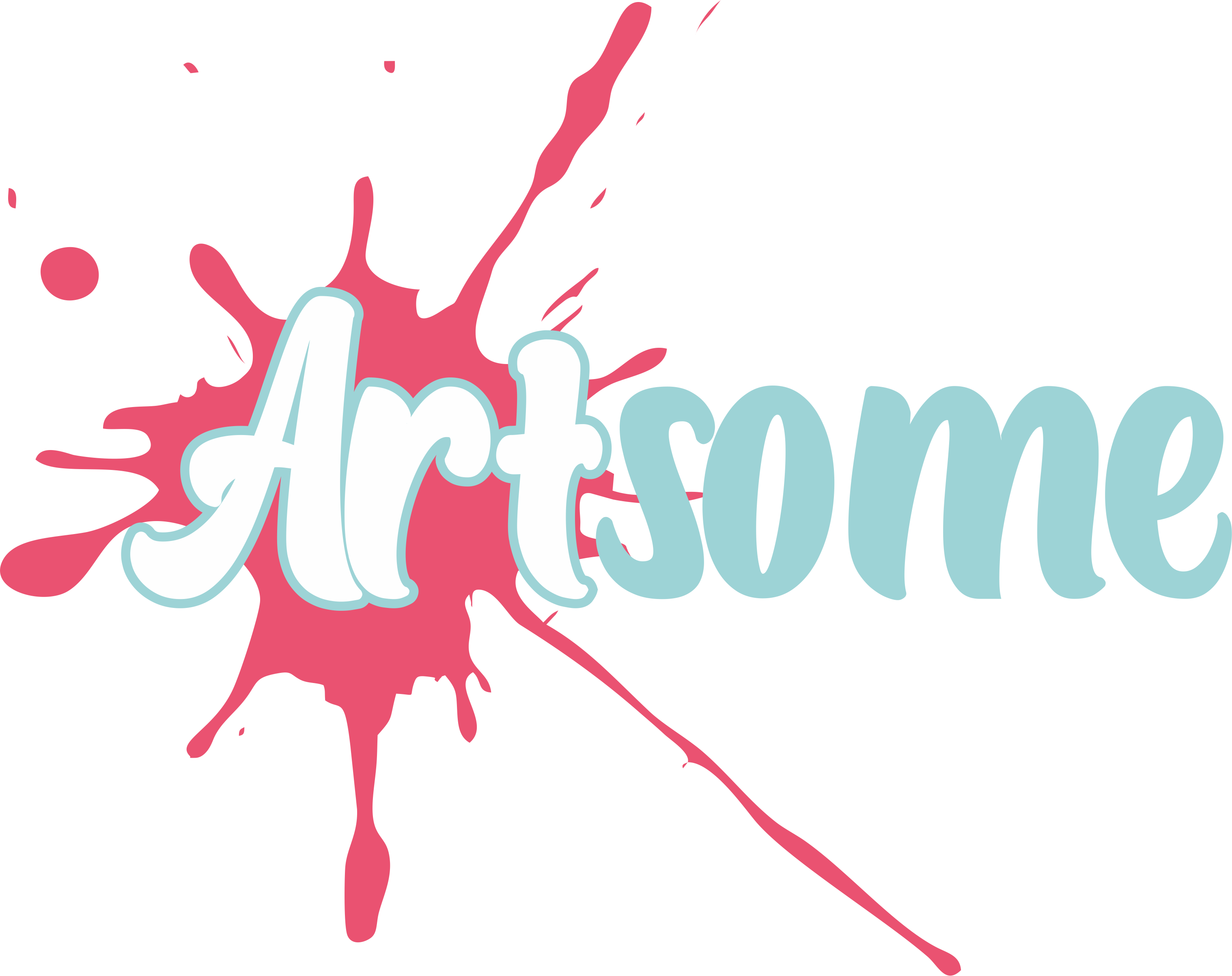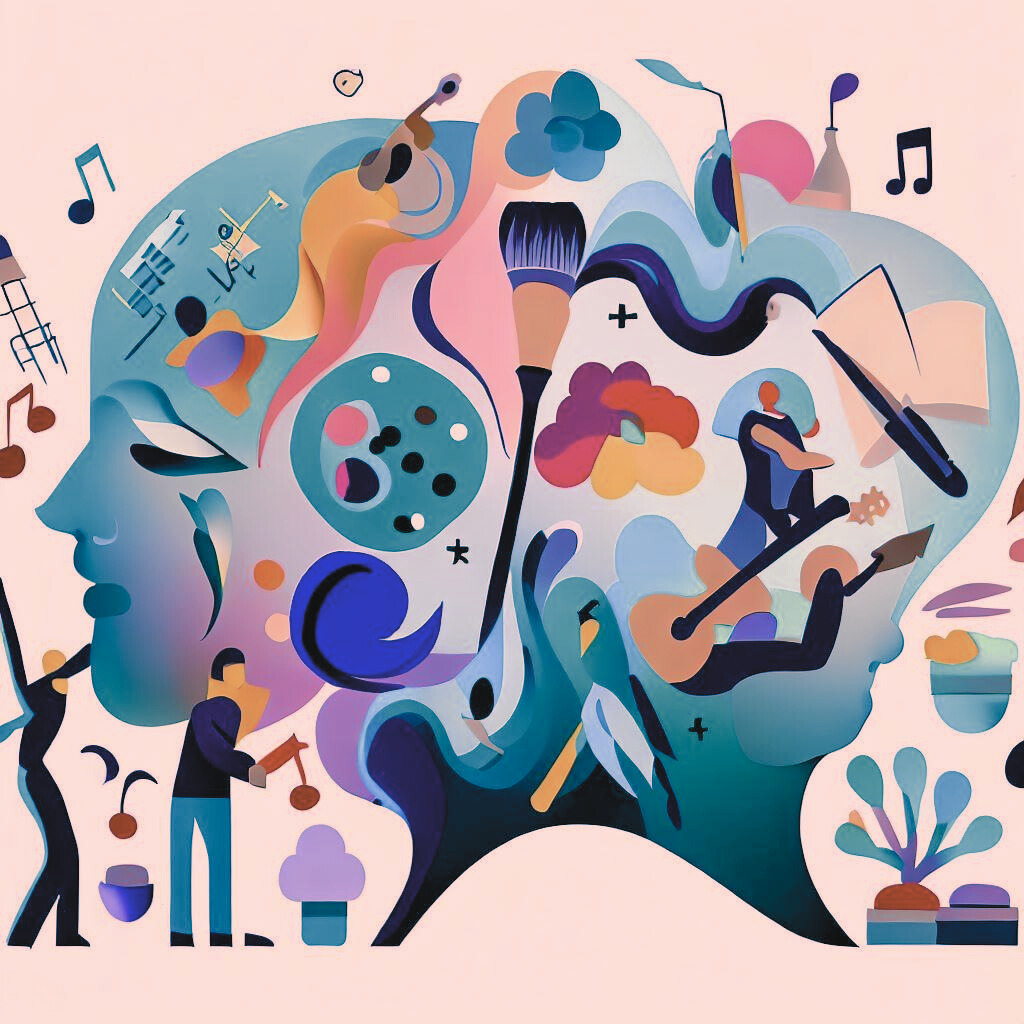In today's fast-paced world, mental health and self-care have become essential aspects of maintaining overall well-being. Art, in its diverse forms, has proven to be a powerful tool for promoting mental health and aiding self-care practices. Engaging in creative activities allows individuals to express emotions, reduce stress, and foster mindfulness. This Tutorial Tuesday, we will explore the different ways art can be used as a therapeutic outlet to improve one's mental health and enhance self-care routines.
Expressive Art for Emotional Release
Creating art provides a safe and non-judgmental space for emotional expression. Whether through painting, drawing, writing, or other forms of art, individuals can externalize their feelings, thoughts, and experiences. This emotional release can be particularly beneficial for those who find it challenging to verbalize their emotions. By giving emotions a tangible form, individuals can gain a deeper understanding of themselves and their inner world.
Examples:
- Journaling - Writing is a form of creativity that can profoundly impact your mental health. Set aside a few minutes each day to write in a journal, allowing your thoughts and feelings to flow freely onto the pages. This practice of emotional release can help you gain clarity, process your emotions, and find a sense of relief. Additionally, you can add drawings or sketches alongside your words to further express your innermost emotions.
- Creating a Vision Board - A vision board is a visual representation of your goals, dreams, and desires. Collect images, quotes, and affirmations that resonate with your aspirations and arrange them on a board or canvas. Not only does this creative activity give you a sense of direction, but it also serves as a reminder of the positive aspects in your life, helping to boost your mood and motivation.
- Visual Poetry - Create visual poetry by incorporating artwork into your written poems. Use calligraphy or decorative lettering to emphasize specific words or phrases that hold particular significance.
Stress Reduction and Relaxation
Engaging in art activates the relaxation response, reducing stress and anxiety levels. Immersing oneself in a creative process can shift focus away from daily worries and concerns, allowing the mind to find calm and tranquility. Art offers a meditative experience, promoting mindfulness and helping individuals stay present in the moment. This state of flow and concentration during art-making can alleviate symptoms of stress and promote overall relaxation.
Examples
- Mandalas for Mindfulness - Creating mandalas is a meditative practice that can significantly reduce stress and anxiety. Draw or trace a circle on a piece of paper, and then fill it with intricate patterns and designs. As you focus on the details of the mandala, your mind enters a state of mindfulness, where worries and negative thoughts can subside, leaving you feeling more centered and calm. You can also purchase coloring books filled with pre-made mandalas to color.
- Doodles - Doodling isn't just for kids; it can be a fantastic way for adults to unwind and relieve stress. Grab a blank sheet of paper and some markers or colored pencils. Let your mind wander as you create spontaneous patterns and designs. Don't worry about the outcome; the act of doodling itself is what matters. This simple activity can calm your mind and help you find a moment of peace in a hectic day.
- Clay - People often think of clay as being used to create something with an exact purpose, but it doesn't have to be. Clay can be used as an amazing sensory experience. Get your clay and some water and just let yourself play. Build, squish, and repeat. Or just enjoy the slippery feeling between your fingers. When you're finished, it can be wrapped in plastic and saved for future use.
Boosting Self-Esteem and Confidence
The act of creating art can be incredibly empowering, especially when individuals witness their progress and see tangible results. As individuals develop their artistic skills and create meaningful pieces, they gain a sense of achievement and improved self-esteem. Artistic exploration encourages individuals to embrace their unique ideas and perspectives, fostering a positive sense of self and building confidence in their abilities.
Examples:
- Skill Building - Pick your favorite type of art and practice what you know. Don't look for tutorials or compare yourself to anyone else. Just pick a technique and keep practicing it over time. Check your growth from beginning to end to see the results!
- Take a Class - Take art classes or workshops to improve your current skillset or try something completely new. Learning new techniques and seeing your progress over time can significantly boost confidence in your abilities as an artist. From cake decorating to sewing to creative writing to painting and more! There are so many options to try!
Art as a Tool for Communication
For those who find it difficult to communicate verbally, art can be a powerful alternative means of expression. Art therapy, in particular, is used in clinical settings to help individuals, including children and trauma survivors, communicate and process complex emotions. Art provides therapists and mental health professionals with valuable insights into a person's thoughts and feelings, enabling more targeted support and treatment.
Examples:
- Mind Mapping - Create a mind map using colors, symbols, and images to visually represent your thoughts and ideas. Mind mapping can help you organize your thoughts and see connections between different concepts. Don't overthink it and worry if someone else can understand it or not. Focus on your thoughts and emotions.
- Collage - Gather images, words, and textures from magazines, newspapers, or photographs that resonate with your thoughts and emotions. Assemble them on a canvas or paper to create a visual narrative of your current state of mind. Add paint, markers, decoupage, 3D elements, and more, if you'd like, to further your expressions.
- Textile Art - Textile art, such as weaving or quilting, can be used as a form of art therapy to represent personal narratives or stories. The tactile nature of working with fabric and thread can promote relaxation and serve as a creative outlet for self-expression.
Catharsis and Healing
Art has the potential to facilitate emotional healing by guiding individuals through their inner struggles and unresolved emotions. When creating art that addresses past traumas or difficult experiences, individuals often experience catharsis, which can be a significant step towards healing and recovery. Art offers a way to confront and process these emotions in a controlled and constructive manner.
Examples:
- Art Therapy - Consider participating in art therapy sessions with a trained therapist. Art therapy can provide a safe and supportive environment to explore underlying emotions, heal past wounds, and build resilience. You can work with your therapist to develop artist ways to express yourself.
- Physical Art - Physical art goes beyond the traditional hand-made art methods. You are literally putting more of yourself into the art by getting your body involved. Clear a large work area, such as a garage, and hang a canvas cloth from the ceiling to drape down the wall and onto the floor. Use gallon sizes of paint. Throw it, splash it, hit it, roll through it - whatever you feel is right! Just make sure to stay safe.
- Movies and TV - Bing watching gets a bad rap and it can be true. But it can also be used as a tool to help you heal. There's a reason for the troupe of watching love stories and eating ice cream after a bad break up! Movies and TVs can provide a much needed escape to an idealistic world or the perspective that you need to work through some heavy feelings.
Promoting Mindfulness and Presence
Art-making demands focus and concentration, which naturally steers individuals away from rumination and overthinking. The process of creating art brings one into the present moment, promoting mindfulness and a deeper connection with oneself. This increased awareness can lead to a better understanding of triggers and coping mechanisms, contributing to improved mental health.
Examples:
- Emotion Self Portraits - Paint or draw self-portraits that capture your emotions and state of mind at a given moment. Focus on capturing not just your physical features but also your emotions at this moment. This activity can promote self-awareness and self-acceptance, allowing you to appreciate and embrace your uniqueness.
- Artistic Gratitude Journal - Incorporate gratitude into your creative routine by making an artistic gratitude journal. Each day, sketch or paint something you're grateful for, whether it's a cherished memory, a loved one, or a simple pleasure in life. Cultivating gratitude can enhance your overall sense of well-being and resilience, even during challenging times.
- Connect with Music - Music is one of the most regularly consumed forms of art. It is often underappreciated and blends in with the background noise. Put on your favorite songs and listen without doing anything else. Listening to the music is the activity. The music is the focus rather than the soundtrack to your life. Appreciation the composition, instrumentals, and tempo that are all part of why you love it. Listen to the lyrics and contemplate their meaning, both in what they mean to you and what they mean to the original artist.
Building Coping Skills
Art can help individuals build effective coping skills that can be transferred to other areas of life. The problem-solving inherent in art-making encourages adaptability and resilience. Navigating the challenges of artistic expression translates to real-life situations, helping individuals cope with stress, setbacks, and uncertainties.
Examples:
- Artistic Study - Head to a local museum or look up your favorite pieces of art online. Dive deeper into each piece you connect with. Think about why you feel a connection to it. Then, research it. Learn why the artist created the piece and their meanings behind it. Look for similarities and differences in the artists interpretations and your own. Focus on how your coping mechanisms influence the way you view and react to your world and use this knowledge to grow.
- Roleplaying - Role-playing provides a safe and controlled environment where individuals can freely express and explore a range of emotions. By embodying different characters, participants can delve into emotions they might not feel comfortable expressing in their daily lives. The role-play can be tailored to ones needs but can explore problem-solving, empathy, different perspectives, stress management, communication, adaptability, self-confidence, and more. This is one of the most powerful tools someone can use! Do it with a friend or write it down and create a narrative that challenges your perspective.
Art has an incredible capacity to heal, inspire, and foster personal growth. By embracing art as a form of self-care and incorporating it into mental health practices, individuals can reap the numerous benefits it offers. Whether you're painting, sketching, writing, dancing, or engaging in any creative activity, remember that the process itself is valuable, and there are no right or wrong ways to create art. So, allow yourself the freedom to explore and experience the therapeutic power of art on your journey to improved mental health and well-being.

